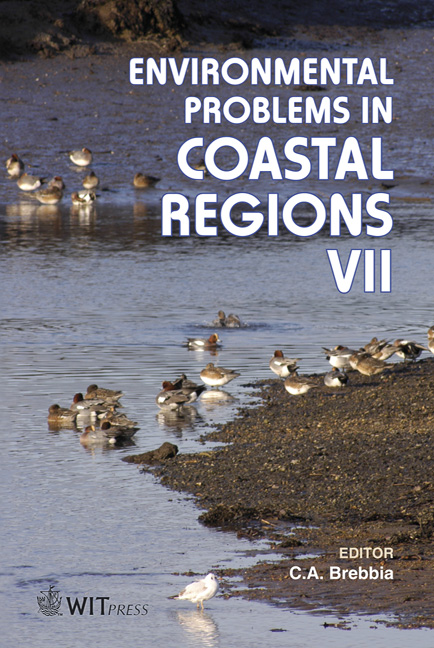Assessment Of The Abundance Of Actively Respiring Cells And Dead Cells Within The Total Bacterioplankton Of The Strait Of Messina Waters
Price
Free (open access)
Transaction
Volume
99
Pages
10
Page Range
15 - 24
Published
2008
Size
808 kb
Paper DOI
10.2495/CENV080021
Copyright
WIT Press
Author(s)
G. Caruso, G. Zappalà, G. Maimone, F. Azzaro, F. Raffa & R. Caruso
Abstract
In aquatic ecosystems, the determination of the different physiological states coexisting within the bacterial assemblage is of great significance, as it may provide information on the effective role played by the viable component in the ecological processes. In May 2007, during a ship survey of the Messina Strait, a highly hydrodynamic system, an investigation was undertaken to study the abundance and distribution of the actively respiring and dead components of the bacterioplankton community. A dual-labelling procedure was applied, using SyBR Green as a probe of the total bacterioplankton community, in combination with the viability stains cyanotetrazolium chloride (CTC) or propidium iodide (PI), selective markers of actively respiring or membrane-damaged bacterial cells, respectively. Surface water samples were analysed onboard by a flow cytometer (FCM) and FCM counts were compared to the microscopic ones, obtained with the epifluorescence (EPI) method further performed in the laboratory. The study also pointed out the feasibility of the FCM approach as a rapid tool allowing the identification of the viable component and its discrimination from the dead or damaged one, also providing quantitative estimates correlated significantly with microscopic counts. Keywords: microorganisms, distribution, viability stains, living and dead cells, Strait of Messina.
Keywords
microorganisms, distribution, viability stains, living and dead cells, Strait of Messina.





